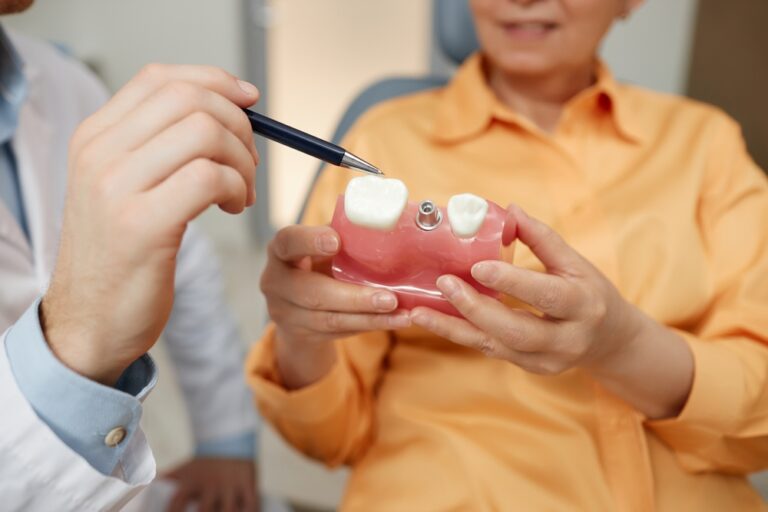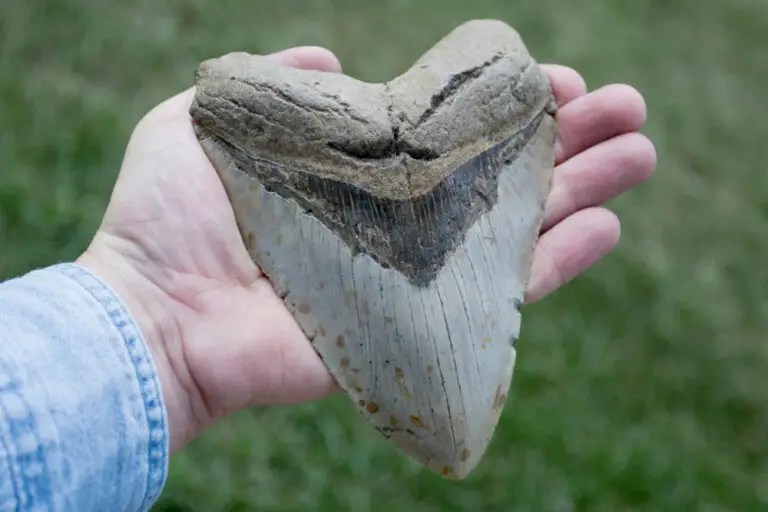The evolution and purpose of wisdom teeth
Wisdom teeth are also known as third molars. They used to serve an important function for our ancestors dating back as far as prehistoric hunter-gatherers. These additional sets of molars were beneficial when early humans had a coarse, gritty diet consisting of leaves, stems, roots, nuts and other tough, fibrous foods. The extra teeth helped grind down and mechanically break down these foods to aid digestion. Having more surface area for chewing allowed our ancestors to extract more calories and nutrients from primitive, unrefined foods.
Over thousands of years of evolution, as humans developed more advanced tools for processing and preparing food, the size of our jaws gradually decreased. This reduction in jaw size was likely driven by changes in diet, food preparation techniques, and genetic factors. As we transitioned to softer, easier to chew foods, the intense chewing power required from wisdom teeth diminished. Our jaws simply became too small to accommodate these third molars.
Today, wisdom teeth often become impacted or only partially erupt. They are frequently removed to prevent complications. But why exactly have wisdom teeth become problematic vestiges rather than useful teeth?
The risks and issues with wisdom teeth in modern times
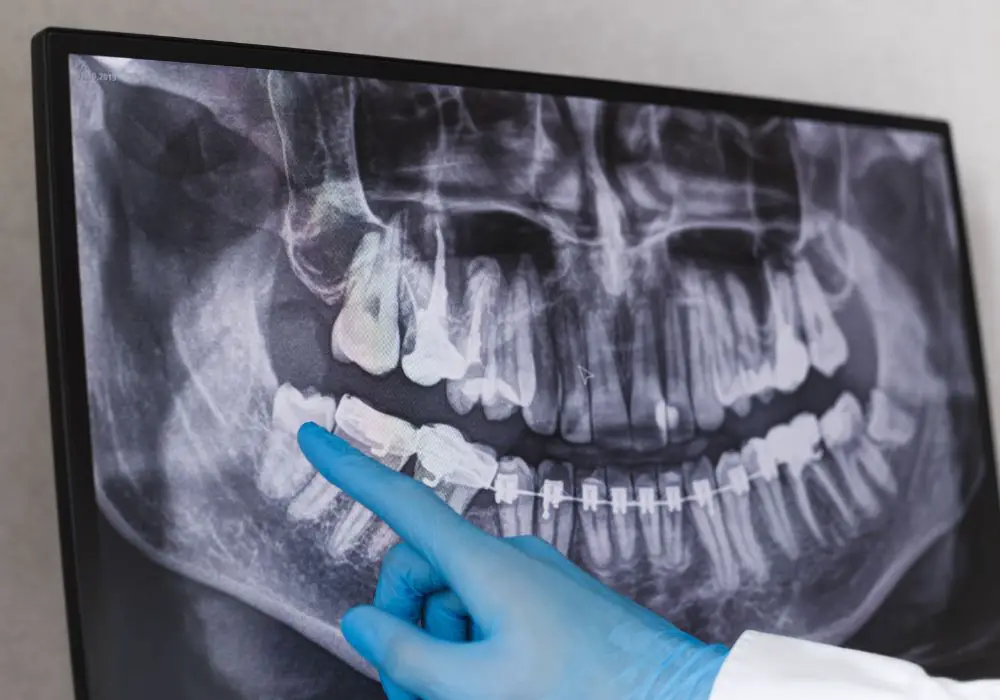
There are several reasons why wisdom teeth commonly cause problems today:
Inability to fully erupt
- 90% of wisdom teeth extractions are due to impaction that prevents full eruption
- Partially erupted teeth allow bacteria to enter causing decay and infection
- Can also damage surrounding teeth and bone while trying to emerge
Close proximity to nerves and sinus cavities
- The roots of lower wisdom teeth are dangerously close to the inferior alveolar nerve
- Can put pressure on or damage the nerve during eruption
- Upper wisdom teeth roots are positioned by the maxillary sinus
- Can displace and puncture sinus lining leading to infections
Increased risk of tooth decay and gum disease
- Odd angles make wisdom teeth hard to clean and maintain
- Allows plaque and bacteria to accumulate, heightened risk of cavities
- Partially erupted teeth also prone to pericoronitis (gum infection)
Can damage neighboring teeth
- While attempting to emerge, wisdom teeth put extra pressure on nearby molars
- Can shift alignment of existing teeth and cause bite problems
Tumors and cysts are more common
- The epithelium (gum tissue) surrounding impacted wisdom teeth is prone to forming cysts
- Although rare, tumors can also occasionally develop in this area
Considering the high rate of complications and lack of necessity, most dentists recommend wisdom tooth extraction if they do not fully erupt and emerge through the gums by the late teens. This prevents future problems as the teeth continue to emerge. Let’s discuss why wisdom teeth are no longer needed.
The lack of biological need for wisdom teeth in modern populations
Several key factors related to our modern lifestyles demonstrate why wisdom teeth have become unnecessary vestiges rather than beneficial third molars:
Softer, highly processed foods
- Don’t require the intense chewing pressure and strength of additional molars
- Cooking and food processing breaks down fiber while making food easier to chew
- Even meat is more tender due to mechanical processing
Utensils aid chewing
- Forks, knives and spoons allow food to be placed directly on the grinding surfaces of our teeth
- Chopsticks and other specialized utensils cut food into smaller, bite-size pieces
- Blenders, food processors and graters also decrease need for chewing
High prevalence of tooth decay and gum disease
- Sugary, acidic modern diets lead to more dental problems
- Easy access to regular dental care did not shape our evolution
- Wisdom teeth are now a liability not an asset
Smaller jaws unable to accommodate them
- Genetic changes over time have reduced the overall size of our jaws
- Lack of hard, tough foods has also decreased jaw sizes
- Orthodontics often prioritizes appearance over function
Life expectancies now surpass wisdom tooth eruption
- Historically, average human lifespan was shorter than the eruption of wisdom teeth
- Now these teeth often need to be removed later in life after causing problems
- Extracting wisdom teeth early prevents complications in older age
Hunter-gatherers have properly erupted wisdom teeth
- Studies of indigenous populations eating tough, natural diets show wisdom teeth emerge normally with space in the jaw and no impactions
Modern lifestyles are drastically different from our primitive ancestors in ways that render wisdom teeth unnecessary. Diet, food preparation, dental hygiene and genetics have shaped our evolution over thousands of years. While wisdom teeth were beneficial adaptations to life in the past, they have become functionless vestiges in our current environment.
Wisdom tooth extraction procedures
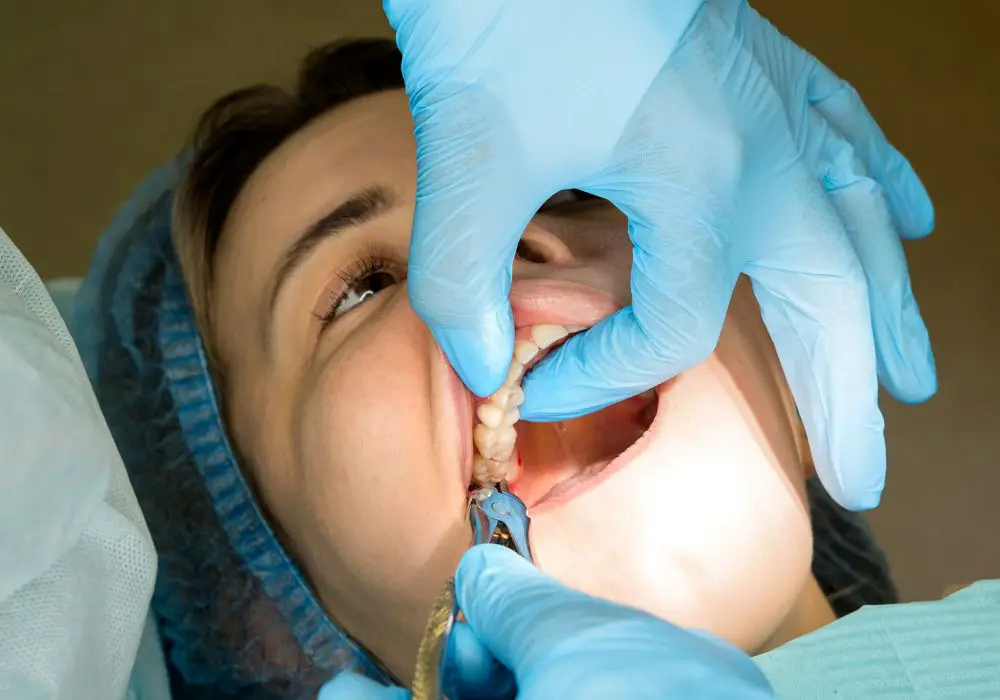
As wisdom teeth are no longer serving a useful purpose and often erupt in problematic positions, extraction is typically recommended. Here is an overview of the different wisdom tooth removal procedures:
Simple Extraction
- For wisdom teeth that are fully erupted through the gums with visible crowns
- Can be extracted similar to regular teeth with local anesthetic
- No cutting of bone or tissue required
Soft Tissue Impaction
- For partially erupted wisdom teeth with some gum tissue covering
- More complicated than simple extraction
- Some bone removal needed to uncover the crown
Partial Bony Impaction
- When teeth are partially encased in bone preventing full eruption
- Additional cutting and removal of bone required to access the tooth
- Can be done with local anesthetic or light sedation
Full Bony Impaction
- For wisdom teeth completely trapped in the jaw bone
- General anesthesia is typically used for patient comfort and safety
- Oral surgeon removes obstructing bone and sections the tooth for removal
- Most complicated wisdom tooth extraction procedure
The recovery process for wisdom tooth extraction involves pain, swelling and minor bleeding for up to 1 week. Antibiotics, oral rinses and pain medication help manage discomfort. Proper post-op care is vital to prevent complications like dry socket which delays healing. Though removing wisdom teeth is invasive, it ultimately prevents more significant health issues.
Interesting wisdom teeth extraction statistics
Wisdom tooth extractions are extremely prevalent procedures, especially for adolescents and young adults. Here are some key statistics about wisdom tooth removal in the United States:
- Approximately 5 million wisdom tooth extractions occur annually
- Over 11 million wisdom teeth are removed each year (average of 2-3 per patient)
- 85% of wisdom teeth removals are for patients between ages 15 – 25
- 70% of teens have at least 1 wisdom tooth removed
- 20% of young adults have all 4 wisdom teeth extracted
The total annual expenditures for wisdom tooth extractions in the U.S. exceed $3 billion. The average out of pocket cost for all 4 impactions to be surgically extracted ranges from $1,500 – $2,500. While usually covered, deductibles and limited dental insurance often leave patients with high bills. However avoiding extraction can lead to more complex issues. Access and costs remain problematic for many households.
| Year | Total Extractions | % Change |
|---|---|---|
| 2017 | 5.75 million | – |
| 2018 | 5.62 million | -2.3% |
| 2019 | 5.45 million | -3% |
| 2020 | 3.97 million* | -27%* |
| 2021 | 5.12 million | +29% |
*Decrease likely due to COVID-19 pandemic
Table 1. Total wisdom tooth extractions from 2017-2021 showing a large drop in 2020 but rebound to normal range in 2021.
Although wisdom tooth extraction is an exceedingly common procedure, lack of adequate insurance coverage and financial barriers prevent access to this care for many young adults. However, avoiding removal can lead to chronic pain, infection and more invasive surgical treatments later on. Efforts to improve insurance coverage and reduce costs may help address this issue.
Are wisdom teeth completely useless evolutionary remnants?
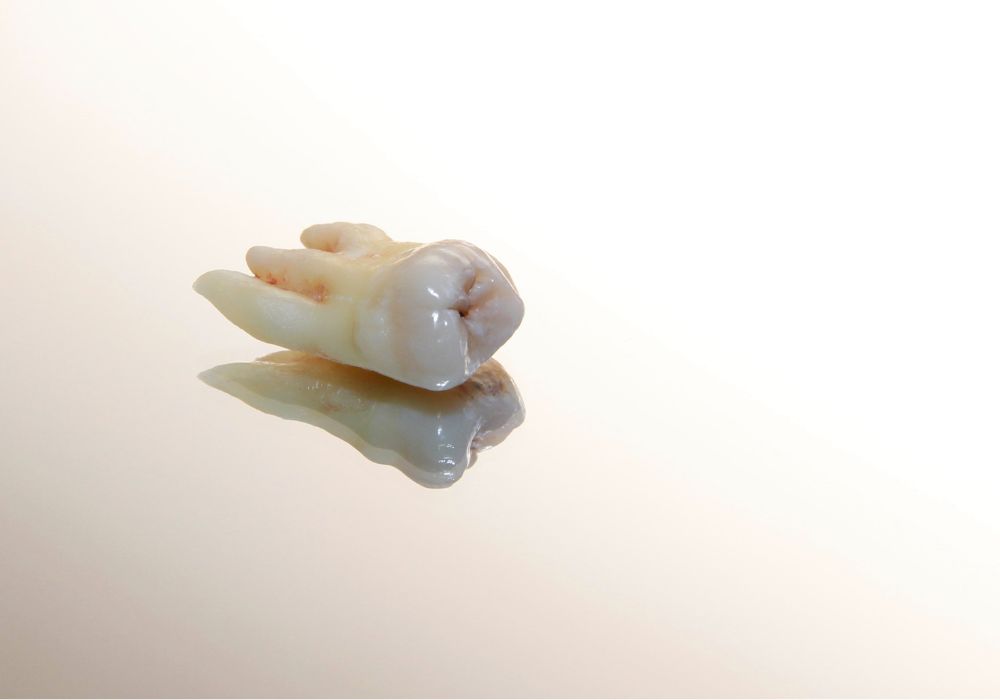
Although wisdom teeth are now classified as vestigial structures, some argue they may not be completely useless. Here are a couple theoretical benefits they may still provide:
Potential source of stem cells
- Wisdom teeth contain mesenchymal stem cells in the pulp and periodontal ligament
- Could someday potentially be harvested for regenerative therapies
- But any extracted teeth can provide stem cells
Spare teeth
- In theory, wisdom teeth could replace other lost or damaged teeth
- Similar to how some reptiles and fish regrow replacement teeth
- But considering most remain impacted, they often don’t properly function as teeth
However, these potential benefits are currently speculative. Any theoretical value does not outweigh the high probability of problems when wisdom teeth are retained. Impacted wisdom teeth are also unlikely to function as replacements for lost teeth. So although human evolution has not yet selected for their complete disappearance, wisdom teeth are essentially useless in modern populations.
The gradual disappearance of wisdom teeth in human evolution
It’s likely that wisdom teeth will continue to slowly decrease in prevalence over generations. Several evolutionary factors support the gradual disappearance of these non-functional third molars:
- Increasingly soft, processed foods require less intensive chewing
- Use of tools, blenders and food processors for mechanical breakdown of food
- Genetic changes producing progressively smaller jaws
- Dental procedures focus on appearance versus functional chewing
- Regular extraction prevents passing on traits for wisdom teeth
Barring any major reversals in diet, lifestyle and dental care, we can expect wisdom teeth to continue declining as useless evolutionary remnants. While they served our tough-food-eating ancestors well, these vestigial molars are no longer adaptive in our predominantly soft, processed food environment. The extraction of troublesome wisdom teeth in adolescents will persist as a common rite of passage for the foreseeable future.
Frequently Asked Questions
Q: Why are my wisdom teeth growing in crooked or impacted?
A: The most common reason wisdom teeth come in crooked or get stuck under the gums is insufficient space in the jaw. Our modern jaws are smaller while wisdom teeth have remained the same size, leading to impactions. The odd angles can also make wisdom teeth hard to clean. Extracting them prevents many future problems.
Q: Can wisdom teeth affect or damage my other teeth as they try to erupt?
A: Yes, wisdom teeth can potentially damage neighboring teeth while struggling to emerge. The pressure of eruption can also make them quite painful and crowded. Orthodontists often monitor wisdom teeth and recommend timely extraction to prevent them from negatively impacting alignment or position of other teeth.
Q: How long does the recovery process take after wisdom tooth removal?
A: Recovery time is generally about 1 week but can vary based on the difficulty of the extraction. Swelling and minor bleeding typically resolve within 5 days. Stitches may take up to 2 weeks to fully dissolve. It can take several months for the socket to completely fill in with bone. Carefully following post-op instructions from your dentist will help speed healing.
Q: Is it absolutely necessary to get wisdom teeth removed?
A: No, it isn’t absolutely mandatory to remove wisdom teeth if they are fully erupted with no signs of decay or other problems. However, the majority of wisdom teeth become impacted or cause issues if retained. Most dentists still recommend extraction even of problem-free wisdom teeth since issues often arise later. But it’s reasonable to delay until 20s or until problems develop.
Q: Can emerging wisdom teeth move other teeth out of place?
A: Yes, wisdom teeth can potentially shift or tip other teeth as they slowly erupt over time. The second molars are most prone to gradual drifting from wisdom tooth pressure. Orthodontists monitor for this issue and will likely recommend timely extraction to prevent disturbance of existing alignment, especially after orthodontic treatment. Properly fitting braces can also help combat potential wisdom tooth-related movement.
Conclusion
In summary, wisdom teeth are now considered functionless vestiges of human evolution rather than a useful third set of molars. Dietary and lifestyle changes over thousands of years have rendered them unnecessary for chewing and digestion. Smaller modern jaws frequently cannot accommodate them, resulting in impaction and the need for surgical removal. Although wisdom teeth were beneficial for our primitive ancestors, they now usually require extraction to avoid problems. As our diets and lifestyles continue advancing, we will likely see a gradual evolutionary decline in these troublesome teeth. But wisdom tooth extractions to prevent complications will persist as a common procedure for adolescents transitioning into adulthood.





